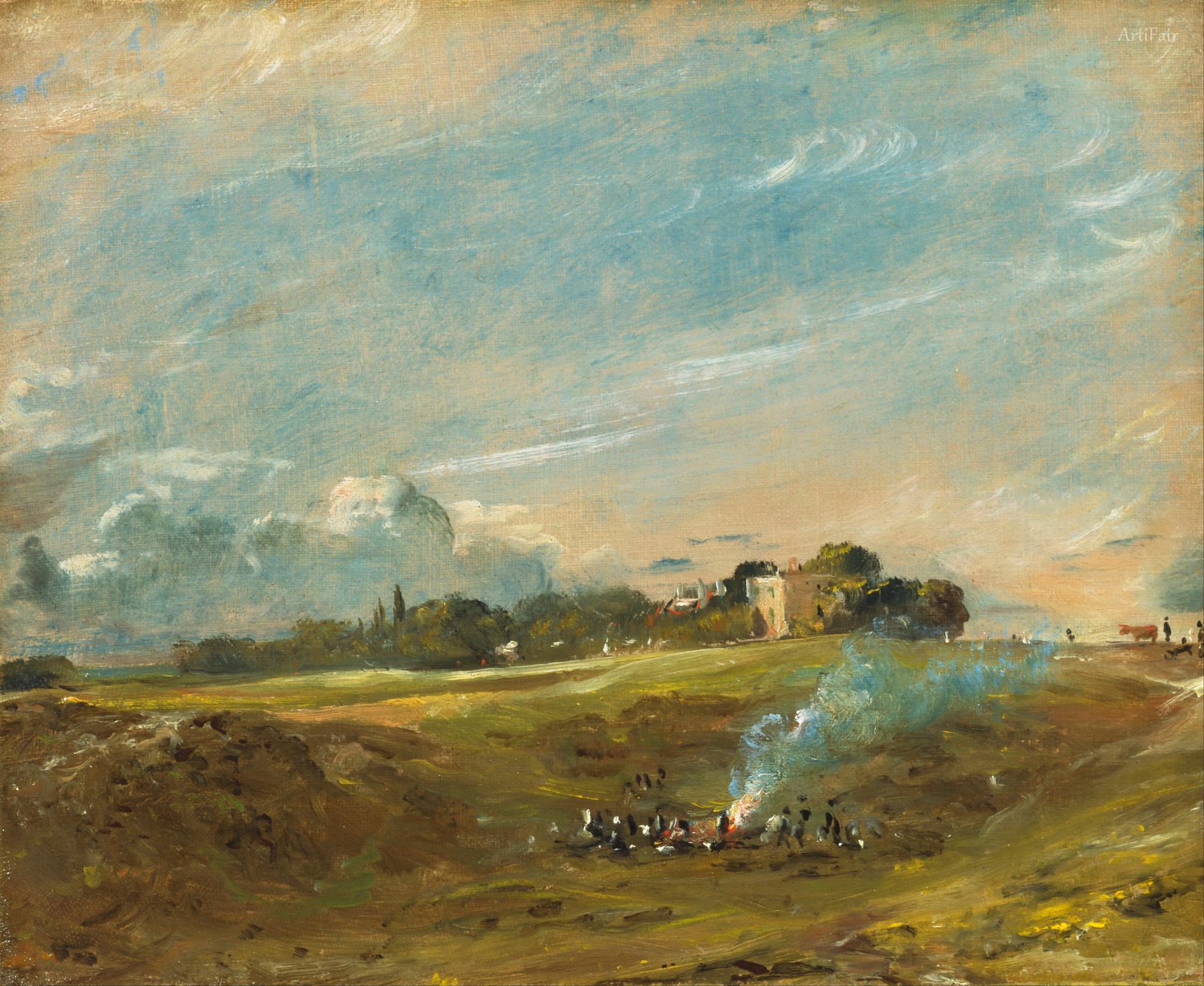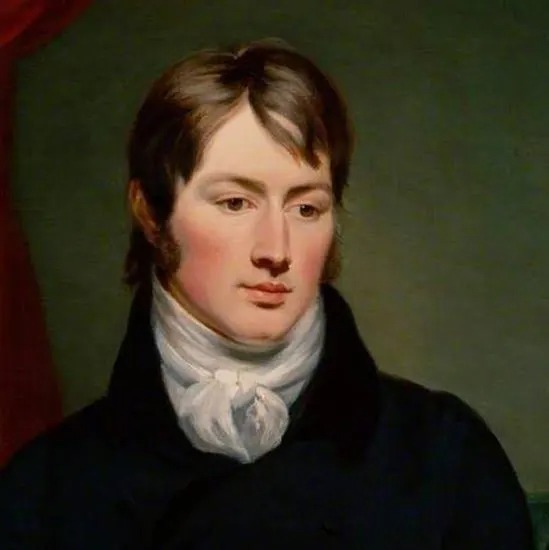

John Constable
GB
71
Artworks
1776 - 1837
Lifespan
Artist Biography
John Constable (1776–1837) stands as a pivotal figure in English landscape painting, celebrated for his profound connection to his native Suffolk countryside, an area affectionately known as “Constable Country.” Born in East Bergholt, the son of a prosperous mill owner, Constable was initially destined for the family business. However, an early exposure to art through connoisseurs like Sir George Beaumont ignited his passion, leading him to the Royal Academy Schools in 1799. Unlike many contemporaries who sought dramatic or idealized scenes, Constable found his muse in the familiar landscapes of his youth, famously stating, “I should paint my own places best… painting is but another word for feeling.” This intimate approach, coupled with a dedication to direct observation, would define his revolutionary contribution to art.
Constable’s early artistic development was marked by a rigorous study of nature. He refused a stable position as a drawing master to dedicate himself to landscape, initially favoring watercolors and sketches from nature. His oil sketches, particularly from 1808 onwards, demonstrate an increasing mastery and a remarkable ability to capture the transient effects of light and atmosphere. His marriage to Maria Bicknell in 1816, after a prolonged and opposed courtship, brought personal happiness and, following his father's death, a degree of financial stability. Key early works like *Flatford Mill* (1816) showcased his meticulous observation and deep affection for the rural life of the Stour Valley, celebrating the harmony between humanity and nature, albeit within a traditional iconographic framework initially.
A desire for greater public recognition spurred Constable to produce a series of monumental canvases, the “six-footers,” depicting scenes from the River Stour. *The White Horse* (1819) was his first major success, earning him an associateship at the Royal Academy. This was followed by masterpieces such as *Stratford Mill* (1820) and, most famously, *The Hay Wain* (1821). While *The Hay Wain* initially failed to find a buyer in England, its exhibition at the Paris Salon of 1824 was a triumph, earning Constable a gold medal from King Charles X and profoundly influencing French artists, including Théodore Géricault and Eugène Delacroix, and foreshadowing the Barbizon School. His innovative techniques and fresh vision were, ironically, often more appreciated abroad than in his homeland during his lifetime.
Constable's artistic style was characterized by its revolutionary naturalism. He meticulously studied cloud formations—his “skying” period produced hundreds of oil sketches of clouds, often annotated with meteorological details—believing the sky to be the “chief organ of sentiment” in a landscape. His full-scale oil sketches, executed with a free and vigorous brushwork, were groundbreaking, revealing an avant-garde approach that captured the immediacy of nature. He employed broken brushstrokes and scumbled paint to convey the sparkle of light and the texture of the landscape, a technique sometimes dubbed “Constable’s snow” for its application of flecks of white. His work was a rebellion against the Picturesque and idealized traditions, focusing instead on the truth of everyday rural England, imbued with deep personal emotion.
The later years of Constable's life were marked by personal tragedy and professional challenges. The declining health and eventual death of his beloved wife Maria in 1828 from tuberculosis cast a long shadow over him. His subsequent works, such as *Hadleigh Castle* (1829) and *Salisbury Cathedral from the Meadows* (1831), exhibit a more turbulent and melancholic quality, reflecting his profound grief. Despite his growing reputation, he was only elected a full Royal Academician in 1829, a belated recognition. He dedicated considerable effort to his series of mezzotints, *English Landscape Scenery*, with David Lucas, aiming to disseminate his artistic vision. His lectures on landscape painting further articulated his theories and reverence for nature and the traditions of art.
John Constable’s legacy is immense. He revolutionized landscape painting by emphasizing direct observation, emotional sincerity, and a deeply personal connection to his subject matter. His innovative techniques, particularly his expressive oil sketches and his ability to capture atmospheric effects, paved the way for later movements like Impressionism. While his contemporary J.M.W. Turner explored the sublime and dramatic, Constable found grandeur in the familiar and the everyday, leaving behind a body of work that continues to resonate for its honesty, its beauty, and its profound meditation on the English countryside during a period of significant social and economic change.